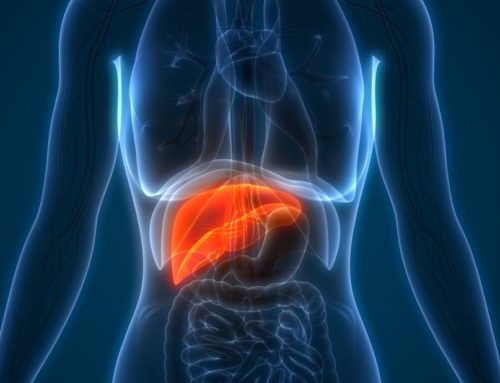What is dysmenorrhea?
Pain associated with menstruation is called dysmenorrhea.
How common is dysmenorrhea?
Dysmenorrhea is the most commonly reported menstrual disorder. More than one half of women who menstruate have some pain for 1–2 days each month.
What are the types of dysmenorrhea?
There are two types of dysmenorrhea: primary dysmenorrhea and secondary dysmenorrhea.
What is primary dysmenorrhea?
Primary dysmenorrhea is pain that comes from having a menstrual period, or “menstrual cramps.”
What causes primary dysmenorrhea?
Primary dysmenorrhea usually is caused by natural chemicals called prostaglandins. Prostaglandins are made in the lining of the uterus.
When does the pain associated with primary dysmenorrhea occur during the menstrual period?
Pain usually occurs right before menstruation starts, as the level of prostaglandins increases in the lining of the uterus. On the first day of the menstrual period, the levels are high. As menstruation continues and the lining of the uterus is shed, the levels decrease. Pain usually decreases as the levels of prostaglandins decrease.
At what age does primary dysmenorrhea start?
Often, primary dysmenorrhea begins soon after a girl starts having menstrual periods. In many women with primary dysmenorrhea, menstruation becomes less painful as they get older. This kind of dysmenorrhea also may improve after giving birth.
What is secondary dysmenorrhea?
Secondary dysmenorrhea is caused by a disorder in the reproductive system. It may begin later in life than primary dysmenorrhea. The pain tends to get worse, rather than better, over time.
When does the pain associated with secondary dysmenorrhea occur during the menstrual period?
The pain of secondary dysmenorrhea often lasts longer than normal menstrual cramps. For instance, it may begin a few days before a menstrual period starts. The pain may get worse as the menstrual period continues and may not go away after it ends.
What disorders can cause secondary dysmenorrhea?
Some of the conditions that can cause secondary dysmenorrhea include the following:
1. Endometriosis—In this condition, tissue from the lining of the uterus is found outside the uterus, such as in the ovaries and fallopian tubes, behind the uterus, and on the bladder (see the FAQ Endometriosis). Like the lining of the uterus, endometriosis tissue breaks down and bleeds in response to changes in hormones. This bleeding can cause pain, especially right around menstruation. Scar tissue called adhesions may form inside the pelvis where the bleeding occurs. Adhesions can cause organs to stick together, resulting in pain.
2. Adenomyosis—Tissue that normally lines the uterus begins to grow in the muscle wall of the uterus.
3. Fibroids—Fibroids are growths that form on the outside, on the inside, or in the walls of the uterus (see the FAQ Uterine Fibroids). Fibroids located in the wall of the uterus can cause pain.
Source: ACOG





